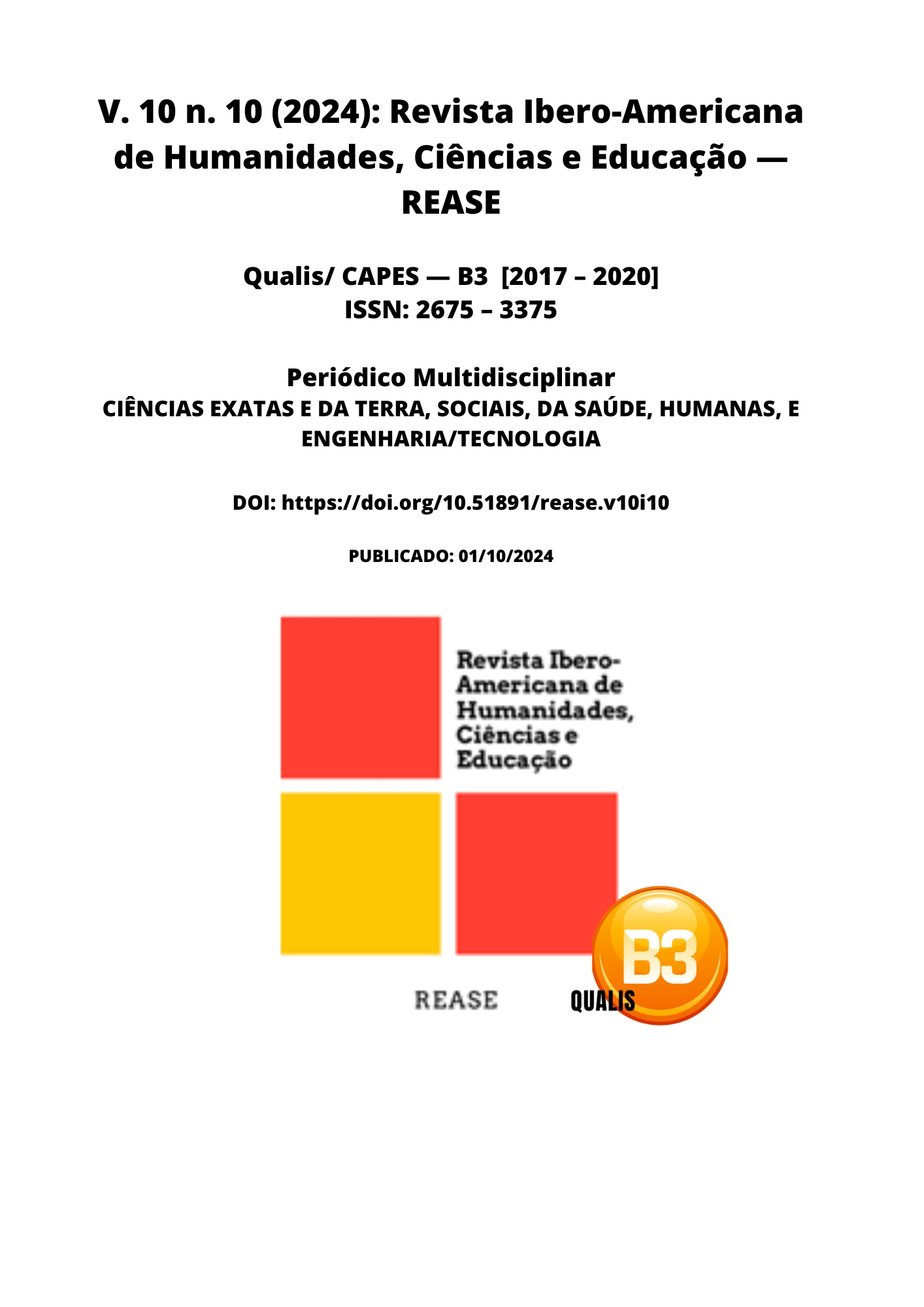WILSON'S DISEASE: DIAGNOSIS, TREATMENT AND OPHTHALMOLOGICAL APPROACH
DOI:
https://doi.org/10.51891/rease.v10i10.16088Keywords:
Wilson's disease. Diagnosis, treatment and ophthalmological approach.Abstract
Introduction: Wilson's disease is a rare genetic disorder that results in excessive accumulation of copper in the body, affecting several systems, especially the liver and central nervous system. Early diagnosis is crucial, as disease progression can lead to severe complications, including hepatitis, cirrhosis, and neurological manifestations. The ophthalmological approach is important in identifying Kayser-Fleischer rings, one of the main clinical signs. The management of Wilson's disease involves a combination of drug therapies and dietary interventions, aiming to control copper levels and prevent disease progression. Objective: To explore aspects related to the diagnosis, treatment, and ophthalmological approach of Wilson's disease, focusing on the most effective interventions and new guidelines emerging in recent years. Methodology: The PRISMA checklist was used to conduct the systematic review. The databases searched included PubMed, Scielo, and Web of Science, with a focus on articles published in the last decade. The five descriptors used were “Wilson’s disease”, “copper”, “diagnosis”, “treatment” and “ophthalmological approach”. Inclusion criteria included peer-reviewed clinical studies, articles focusing on Wilson’s disease in humans and publications that presented data on the ophthalmological approach. Exclusion criteria eliminated non-systematic reviews, articles in languages other than Portuguese and English, and studies that did not address the treatment of the disease. Results: The results indicated that early diagnosis of Wilson’s disease, through clinical and laboratory examinations, is vital. Drug therapy, with chelating agents such as penicillamine, has been shown to be effective in reducing copper levels. In addition, the ophthalmological approach has proven to be essential in detecting clinical signs, such as Kayser-Fleischer rings, which help to confirm the diagnosis and monitor disease progression. Conclusion: Wilson’s disease requires a multidisciplinary approach, integrating early diagnosis, appropriate treatments and ophthalmological surveillance. Recent literature has reinforced the importance of continuous management and rigorous monitoring to prevent severe complications, highlighting the relevance of therapeutic interventions at different levels of care.
Downloads
Downloads
Published
How to Cite
Issue
Section
Categories
License
Atribuição CC BY

